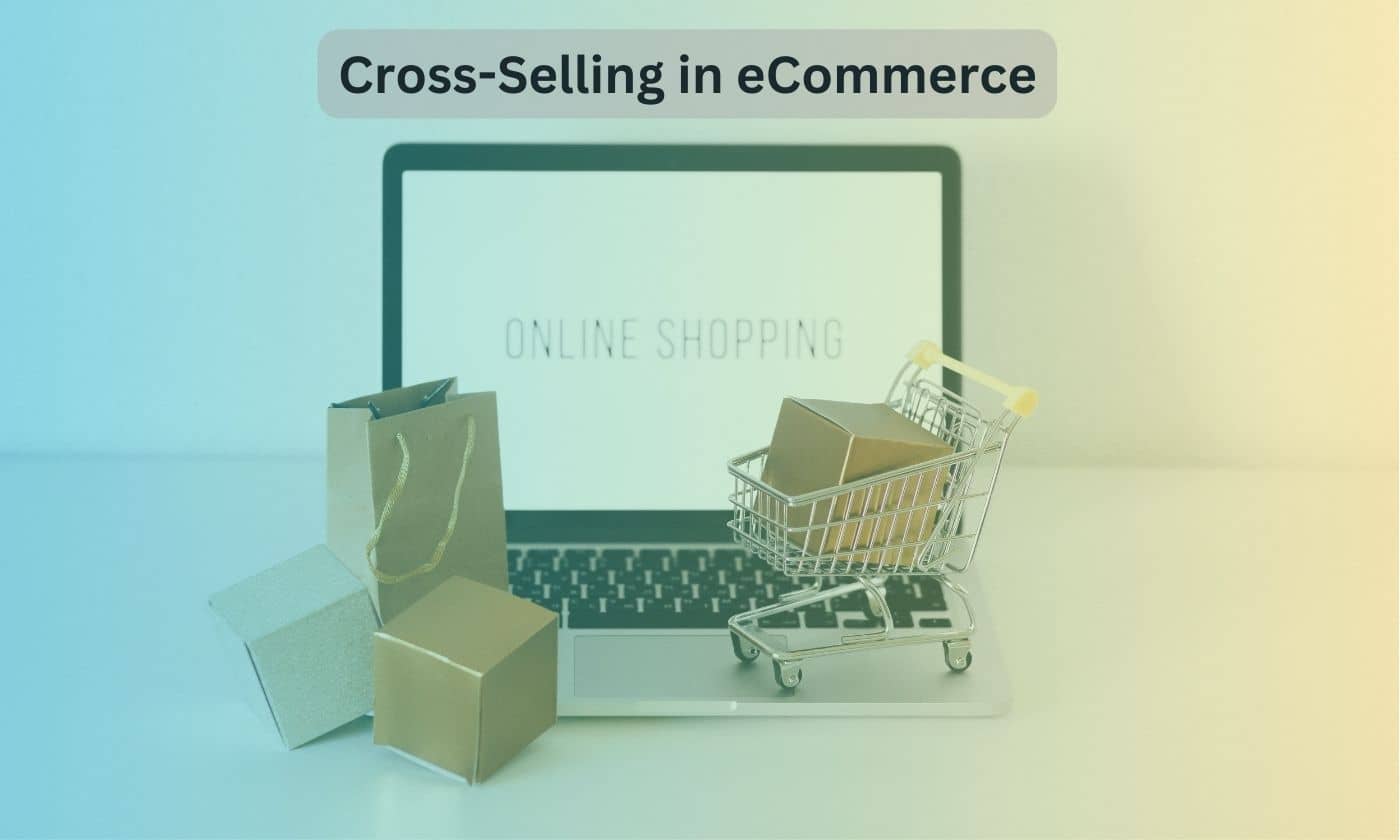In the fast-paced world of eCommerce, maximizing sales and customer satisfaction are crucial to success. That’s where cross-selling comes into play.
As the eCommerce industry continues to grow and evolve, cross-selling has emerged as a powerful tool to maximize revenue potential and enhance customer satisfaction.
By understanding the nuances of cross-selling and its effective implementation, you can unlock untapped revenue potential and foster lasting customer loyalty.
In this article, we will explore the powerful strategy of cross-selling in eCommerce and how it can propel your business to new heights.
Table of Contents
What is Cross-Selling?
Cross-selling is a sales technique where businesses encourage customers to purchase additional items that complement or enhance their original purchase.
For example, if a customer is buying a camera, a cross-selling suggestion could be to add camera lenses or a camera bag to their cart.
Understanding Cross-Selling in eCommerce:
In the eCommerce world, cross-selling plays a vital role in maximizing revenue potential. Unlike physical stores, online retailers leverage data-driven techniques to suggest complementary products to customers based on their browsing and purchase history. These personalized recommendations are displayed on product pages, shopping carts, and checkout pages.
For instance, when a customer adds a smartphone to their cart, the eCommerce platform may suggest a compatible phone case or screen protector as a cross-sell. This not only increases the average order value but also enhances the overall shopping experience by showing customers items they might find useful.
By understanding the power of cross-selling in eCommerce, businesses can boost sales, increase customer loyalty, and create a more seamless and satisfying shopping journey for their customers. By employing data analytics and strategic positioning of cross-sell offers, eCommerce platforms can truly unlock their revenue potential.
The Importance of Cross-Selling in eCommerce
Cross-selling in eCommerce is essential for increasing revenue and customer satisfaction. It allows businesses to offer relevant products and enhance the overall shopping experience.
Cross-selling is vital for eCommerce businesses for several reasons:
- Increased Revenue: By enticing customers to add more items to their cart, cross-selling directly boosts revenue without acquiring new customers.
- Enhanced Customer Experience: Recommending relevant products can enhance customer satisfaction and increase the likelihood of repeat purchases.
- Customer Loyalty: A positive and personalized shopping experience creates customer loyalty and encourages brand advocacy.
Effective Cross-Selling Strategies for eCommerce
To maximize the revenue potential of cross-selling, consider these effective strategies:
1. Analyze Customer Data
Use customer data and purchase history to understand buying patterns and preferences. This insight will help you tailor cross-selling suggestions to individual customers, increasing the chances of them finding the recommendations relevant and engaging.
2. Leverage Product Bundling
Offer product bundles that combine related items at a discounted price. This strategy entices customers to purchase multiple products together, leading to higher sales.
3. Upselling Vs. Cross-Selling
Differentiate between upselling and cross-selling. While upselling encourages customers to purchase a higher-priced version of the same product, cross-selling suggests complementary products.
4. Strategic Placement
Position cross-selling suggestions at strategic touchpoints throughout the customer journey, such as the product page, cart page, and checkout page.
5. Use Social Proof
Highlight customer reviews and testimonials for the cross-selling products to build trust and credibility, further encouraging customers to make additional purchases.
Best Practices for Cross-Selling in eCommerce
To ensure successful cross-selling in your eCommerce store, follow these best practices:
1. Personalization
Personalize cross-selling recommendations based on customer behavior, preferences, and demographics. Tailored suggestions are more likely to resonate with customers and lead to higher conversion rates.
2. Relevance
Ensure that the cross-selling suggestions are relevant to the customer’s current purchase. Irrelevant recommendations may frustrate customers and lead to abandoned carts.
3. Transparency
Be transparent with customers about the cross-selling process. Clearly display the suggested products and their prices, allowing customers to make informed decisions.
4. Limited Suggestions
Avoid bombarding customers with too many cross-selling suggestions. Limit the number of recommendations to avoid overwhelming them and potentially driving them away.
5. Test and Optimize
Continuously test different cross-selling strategies and analyze their performance. Optimize your approach based on data and customer feedback to improve results over time.
Conclusion
Cross-selling is a powerful technique that can significantly boost revenue and customer satisfaction in your eCommerce business. By leveraging customer data, using strategic product bundling, and implementing best practices, you can successfully implement cross-selling strategies.
Remember to focus on personalization, relevance, and transparency to create a seamless and delightful shopping experience for your customers in the world of cross-selling in eCommerce.
By integrating cross-selling effectively, you can increase the value of each transaction and foster long-term customer loyalty. So, take advantage of this revenue-maximizing approach and watch your eCommerce business thrive!
Want to learn more about cross-selling and other effective marketing strategies for your eCommerce store? Visit the ‘Marketing’ page on eCom LightSpeed for expert insights and tips!
